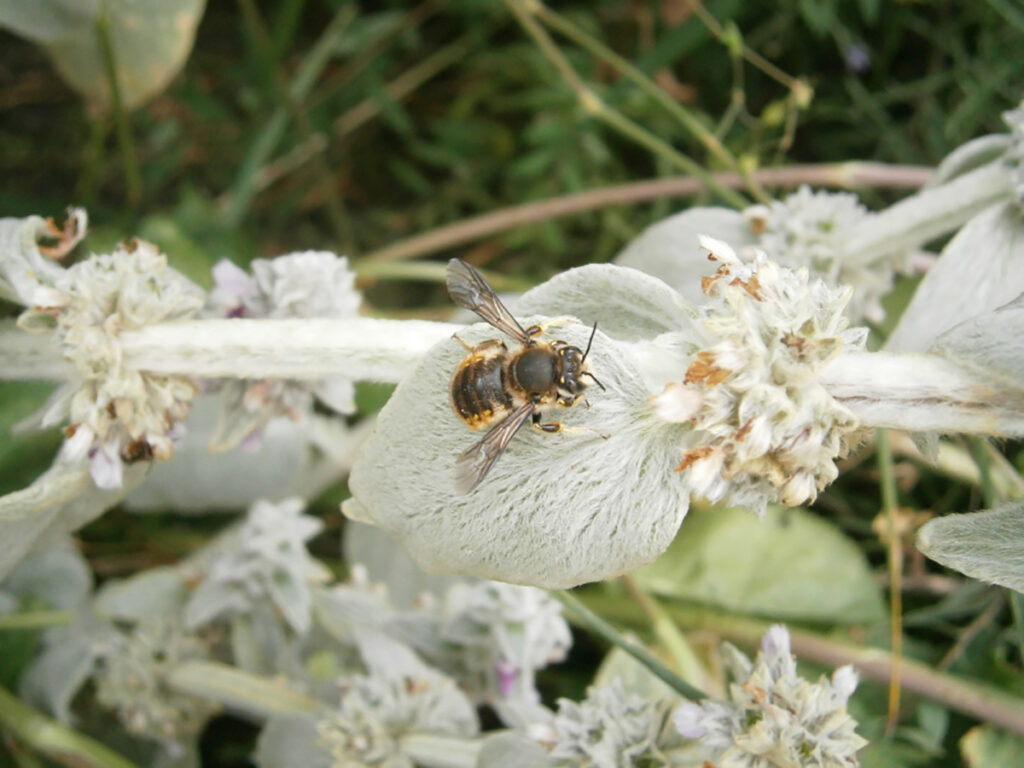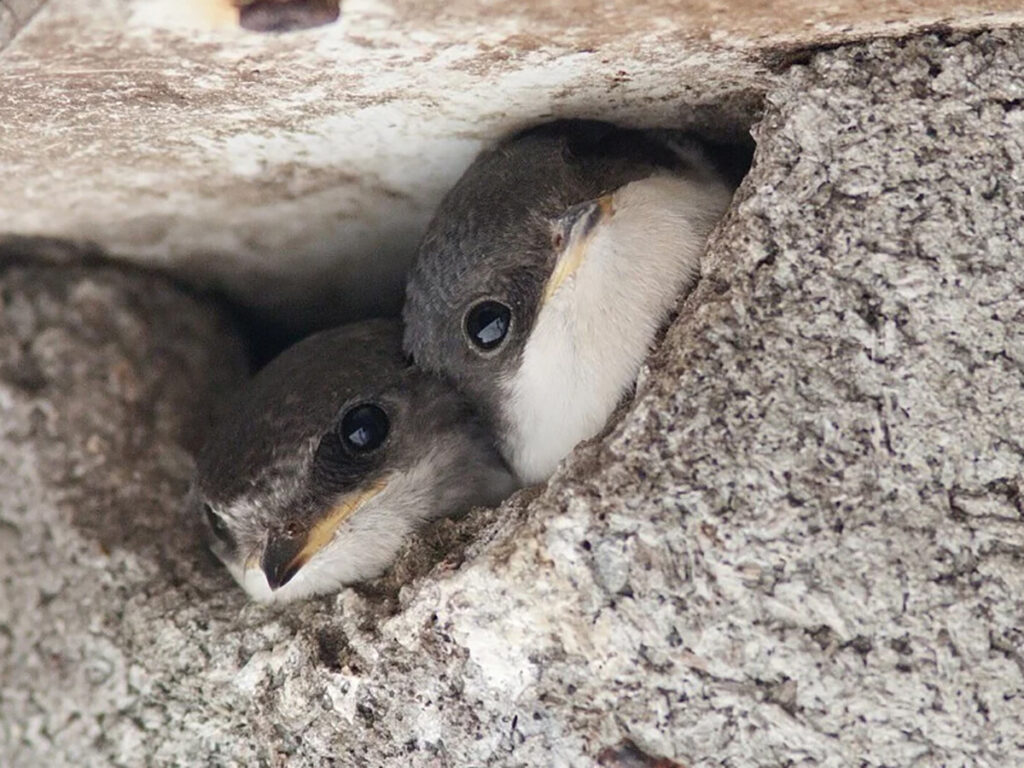Mid-January and winter grips the landscape. By Sunday a hoar frost hung heavy from every tree. I take advantage of the still morning to walk up to the wood. No human sounds disturb me today – no cars, no planes, no chainsaw. Long before I reach the wood, I hear the bark of muntjac and see them chasing through the hazel coppice on the boundary. Bird calls carry through the frosty air – pheasants coughing their alarm; nuthatches excited chatter in the ash tops; a great tit calling insistently, its two bright notes echoing through the wood.
Sound recordist, Geoff Sample, in a talk to Waveney & Blyth Arts, told us that after the winter solstice increasing light triggers bird song. The great tit is often the first bird to sing. I think the wood acts as an amplifier, seeming to bounce and echo sounds. Somehow bird song in January is crisp and bright, matching the weather this weekend.
I rely on bird sound as much as sight to notice what is around me. It was an unusual call that made me look more carefully into the bramble beneath the ash tree. There was a marsh tit – the first I have seen for some time. Very similar in appearance to the willow tit, it can be reliably distinguished by its call. To be sure I check out the helpful website of the British Trust for Ornithology (BTO) which provides video identifiers for hard-to-distinguish species. This confirms my sighting.
A few years ago, an unusual call – a repeated, sneezy, single note alarm -made me look up. Rising from the field in rapid flight was a snipe. You just never know what might turn up and keeping ‘ears peeled’ as well as eyes, helps. The snipe was just passing and I haven’t seen one here since.
I walk up to the pond, stiff with ice and surrounded by frosted trees. Sounds again make me look up. A flock of fieldfare tumble into the tree canopy. There is very little fruit this year – our hedges are already stripped of berries. Back home I throw some apples onto the grass. It is not long before three fieldfares find them. They are very territorial chasing and harrying each other until eventually one fieldfare has the garden to himself. A few hours later a redwing arrives, close enough to see the detail of its cream eye stripe and the rusty red wing patch from which it is named.
Even while I type this, I listen to the sounds from the garden; hear a territorial dispute between robins, cheerful chatter of sparrows assembling in the hedge, pick up the ‘pink pink’ alarm call of chaffinch and catch the mew of a circling buzzard.
I miss Tweet of the Day, BBC Radio 4’s daily short broadcast – a little insight into the sounds of birds. Now it is relegated to once a week on Sundays, although the archive is available to listen lack.
For video identification to birds and lots more see: www.bto.org
Geoff Sample’s work is at http://www.wildsong.co.uk/
Tweet of the Day: https://www.bbc.co.uk/programmes/b01s6xyk



